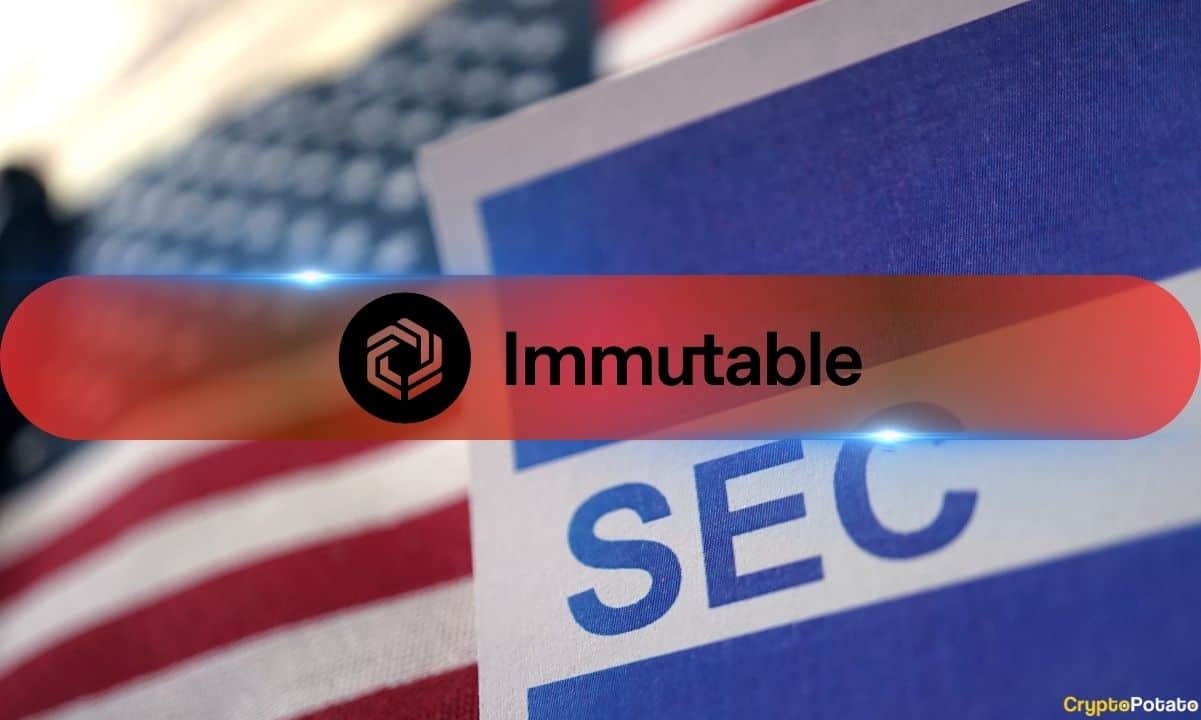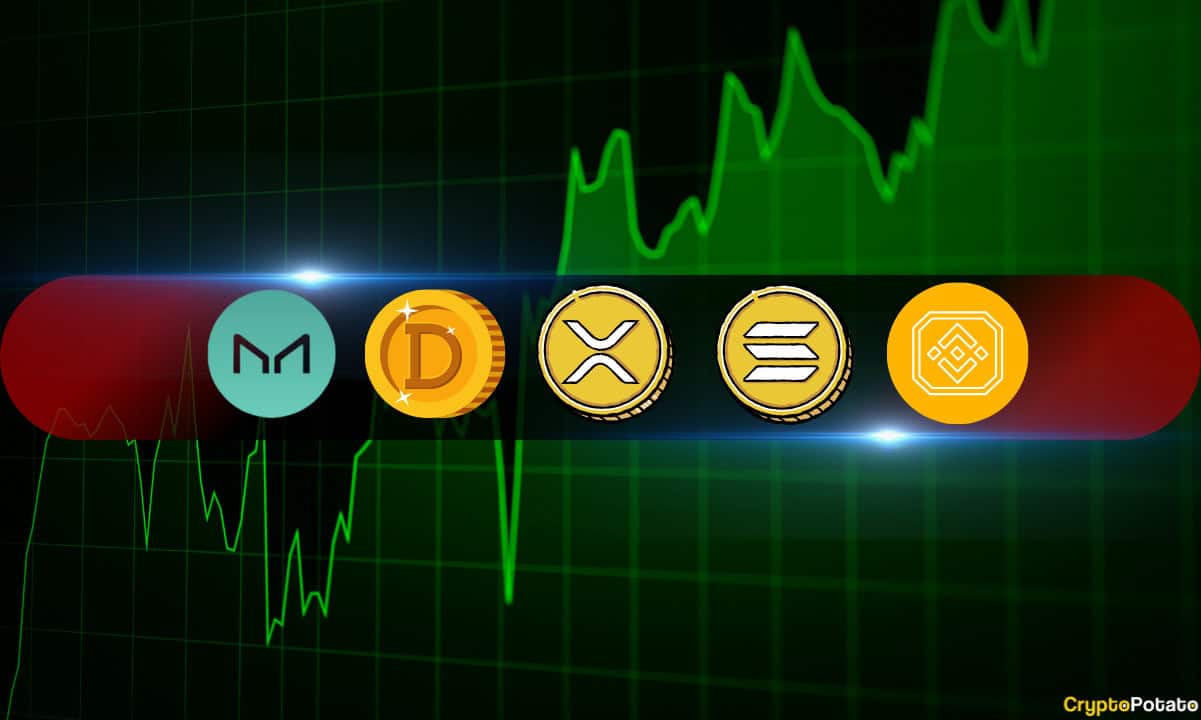The crypto industry is built on the concept that digital currencies can be used to decentralize peer-to-peer money transfer across the globe. This eradicates the need for intermediaries and unnecessary transaction fees.
Today, many crypto platforms offer users a place to trade and hold their favorite cryptocurrencies. However, the fallout of a slew of centralized crypto platforms, especially in 2022, has triggered distrust for the crypto industry among investors. Companies like FTX, Three Arrows Capital (3AC), and Celsius Network went bankrupt during that period.
Atomic Wallet is a crypto platform seeking to win back investors’ trust. As a non-custodial wallet, users are assured of the safety of their assets since they can control their cryptocurrencies and private keys completely. This article breaks down the nitty-gritty of the Atomic Wallet and its core features.
What is Atomic Wallet?
Atomic Wallet is a non-custodial crypto wallet that allows users to safely store, send, and receive crypto assets from within a secure platform. It closes the gap between investors and the blockchain, eliminating third parties. As a non-custodial wallet, users are responsible for safeguarding the private keys of their wallets.
Launched in 2018, Atomic Wallet is considered one of the best non-custodial wallets for diversified portfolios. It supports multiple device types and operating systems, including Windows, Mac, iOS, and Android, making it appealing to investors seeking to retain ownership of all their cryptocurrencies in the same wallet.
Furthermore, the crypto wallet supports multiple cryptocurrencies across different networks, including Bitcoin, Ethereum, BNB Chain, Cardano, Solana, Monero, and Fantom.
In addition to supporting a wide range of cryptocurrencies, Atomic Wallet allows users to store non-fungible tokens (NFTs) from several blockchain protocols, such as Ethereum, Solana, Avalanche, Fantom, BNB Chain, and Polygon.
By default, the wallet supports prominent ERC20 tokens and projects, including Aave, 1inch, Axie Infinity’s AXS, Dogecoin, Basic Attention Token (BAT), and the Sandbox (SAND).
After creating a new wallet, Atomic Wallet provides the user with a 12-word passphrase representing the wallet’s private keys. Only the user can view them, as the passphrase is encrypted after leaving Atomic Wallet’s servers. Not even Atomic Wallet developers can access the user’s private keys. Therefore, losing the private keys or revealing them to an unauthorized source can cause permanent loss of funds.
Additionally, the wallet is protected by a password or PIN, depending on whether it is a desktop or mobile app a user uses. It has a user-friendly layout and fee-free structure, making it appealing and popular among investors. Atomic Wallet charges no extra fee on most of its transactions. Instead, users are mandated to pay gas fees to the blockchain network miners.
A Strong Focus on Ethereum’s Ecosystem
Ethereum boasts one of the most powerful and diverse ecosystems in the entire cryptocurrency industry. It hosts thousands of projects, various cryptocurrencies, developers, and users.
All of this was further escalated following its long-awaited transition to Proof-of-Stake. Enabling Ethereum staking has opened the door for users to contribute to the network’s security while earning rewards for doing so. Long-term ETH holders now have an avenue of earning a yield without having to worry about converting to a stablecoin or to any other cryptocurrency.
To do so, however, you would need a reliable Ethereum wallet that supports staking and—more importantly—provides an easy-to-use interface on multiple supported devices and operating systems.
Atomic Wallet is one of the reliable solutions and a veteran in the industry.
When it comes to Ethereum staking, though, Atomic offers its users a fool-proof way that’s easy to follow.
All you need to do is download the wallet, deposit ETH in your account, choose a validator to stake your ETH, and, ultimately, claim your rewards, which are credited automatically to your staking address. There is no middleman and no centralized counterparties that you have to trust with your ETH.
Even though the threshold to become an Ethereum validator is 32 ETH, users can also join a validator pool without having to hold as much.
But that’s not all. When you contribute to a validator pool, you commit for the long term. To circumvent this challenge, a concept called liquid staking was invented. In essence, there are liquid staking protocols where you can contribute your ETH and receive an equivalent synthetic token that you can then use for whatever you want. The only caveat is that for you to claim your rewards, you will need to hold the relevant amount of synthetic tokens. For example, if you stake 1 ETH and receive 1 stETH (staked ETH), to claim the rewards for your 1 ETH after, let’s say, 1 month, you will have to deposit the 1 stETH into the system. If you only have 0.5 stETH left because you sold the rest, you will only get the corresponding staking rewards.
Atomic Wallet supports liquid staking for ETH using the largest and most well-established protocol – Lido.
Core Features of Atomic Wallet
Here are Atomic Wallet’s core features:
Staking Feature
Atomic Wallet offers diverse staking coins, including ETH, SOL, ADA, BNB, MATIC, and TRON. Staking involves locking a portion of a cryptocurrency into a network to bolster its security and decentralization. The user is rewarded with additional crypto assets. These rewards are termed annual percentage yields (APYs), which range from 5% to 22%, depending on the staking coin. This metric is often subject to change.
Token Swaps
The Atomic Wallet app allows users to swap tokens without leaving the wallet interface. This feature is compatible with both the desktop software and mobile app. Thousands of tokens are supported across every blockchain network imaginable, allowing users to exchange tokens on a cross-chain basis. For instance, USDT can be swapped for Litecoin (LTC) or Bitcoin (BTC) for Ripple’s XRP.
Atomic Wallet’s partner, ChangeNow, facilitates these swaps. Atomic Wallet charges users a 0.5% fee for using its token swap tool, in addition to any fees charged by ChangeNow.
Custom Token
Another feature of this wallet is that it allows users to add a custom token as long as it supports the network. The token can be added by manually pasting the contract address into Atomic Wallet and transferring it to the wallet address.
Alternatively, Atomic Wallet provides users with a unique QR code. Users can send the token to this wallet address, and Atomic Wallet will automatically add it.
Portfolio Management
The Atomic Wallet offers one of the best portfolio management tools. Users can easily view what cryptocurrencies they have stored alongside the current market price. The portfolio’s value is shown in U.S. dollars, which adds another level of convenience.
Moreover, the portfolio dashboard shows trends, including the performance of cryptocurrencies over the last 30 days. The filter option allows users to add or delete portfolio statistics.
AWC Token
AWC token is the native cryptocurrency for the Atomic Wallet. Originally built on the Ethereum mainnet, the AWC token was later migrated to the BNB Chain. It has a total supply of 100 million held in approximately 250,000 wallets.
The AWC token has two use cases – cashback and staking. With the native cryptocurrency, users receive up to 1% back for every swap. These cashbacks are payable monthly. Investors are also assured of up to 20% return on investment from staking AWC tokens for a year. At the time of writing, about 14,000 staking accounts have staked 6 million AWC tokens.
The developer team seeks to add a referral program to AWC’s utilities over time.
Advantages of Atomic Wallet
- Gives users complete control over their assets.
- Supports a wide range of cryptocurrencies.
- Support non-fungible token (NFT) trading.
- Offers integration with decentralized applications (dApps).
- 24/7 Customer Support.
Conclusion
Atomic Wallet prides itself on being one of the best non-custodial wallets investors can choose to meet their needs. This article has discussed the digital wallet’s core features and highlighted its native cryptocurrency, AWC. With its diverse utilities and products, the wallet provider stands poised to attract more users into the crypto industry as they embrace decentralization.
Disclaimer: The above article is sponsored content; it’s written by a third party. CryptoPotato doesn’t endorse or assume responsibility for the content, advertising, products, quality, accuracy, or other materials on this page. Nothing in it should be construed as financial advice. Readers are strongly advised to verify the information independently and carefully before engaging with any company or project mentioned and do their own research. Investing in cryptocurrencies carries a risk of capital loss, and readers are also advised to consult a professional before making any decisions that may or may not be based on the above-sponsored content.
Readers are also advised to read CryptoPotato’s full disclaimer.
The post A Closer Look at Atomic Wallet: Core Features and Main Benefits appeared first on CryptoPotato.

 4 months ago
45
4 months ago
45










 English (US) ·
English (US) ·